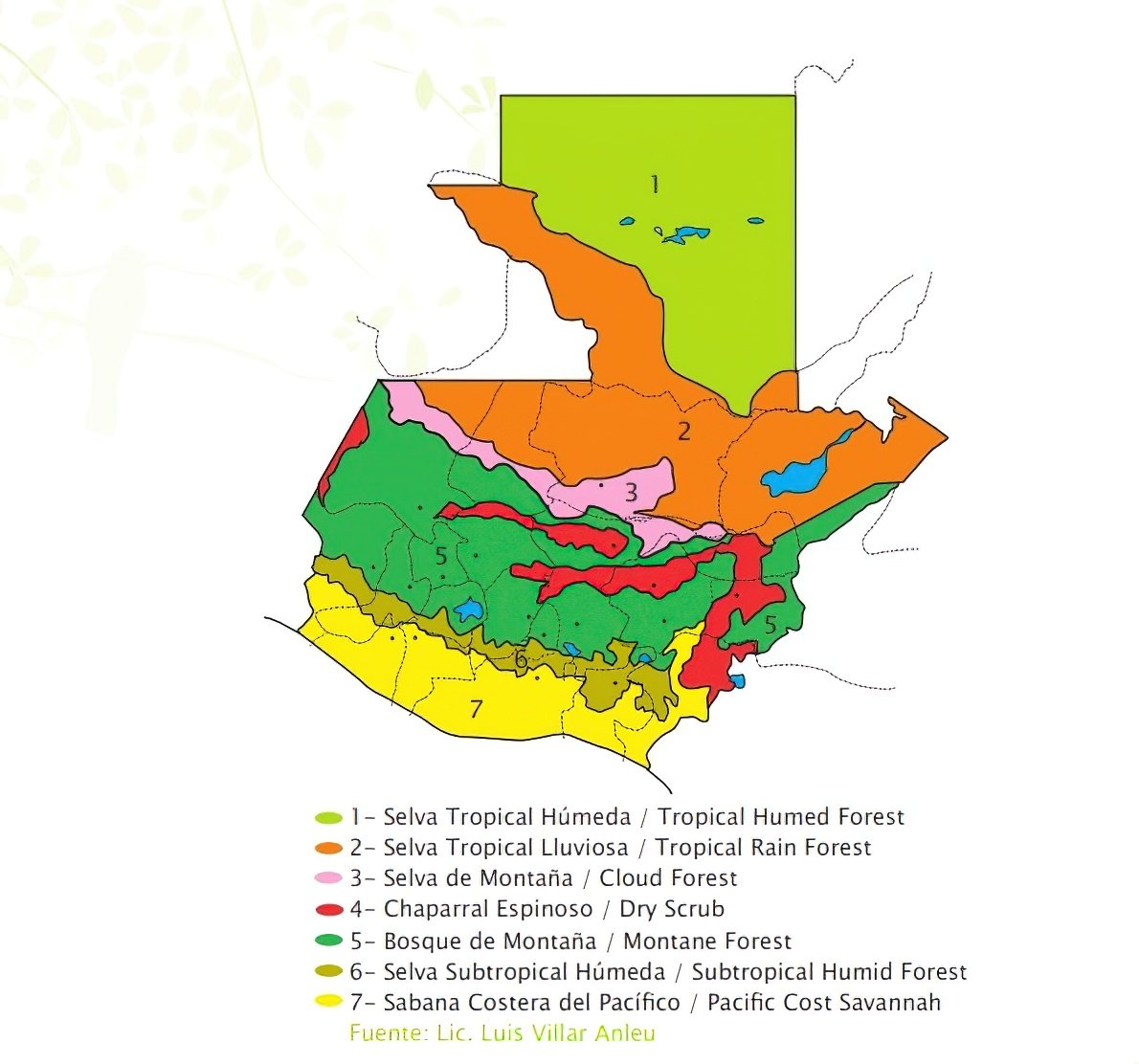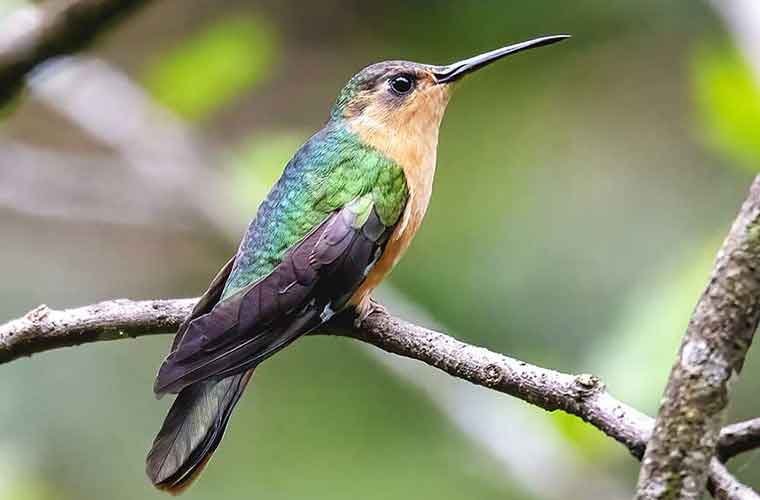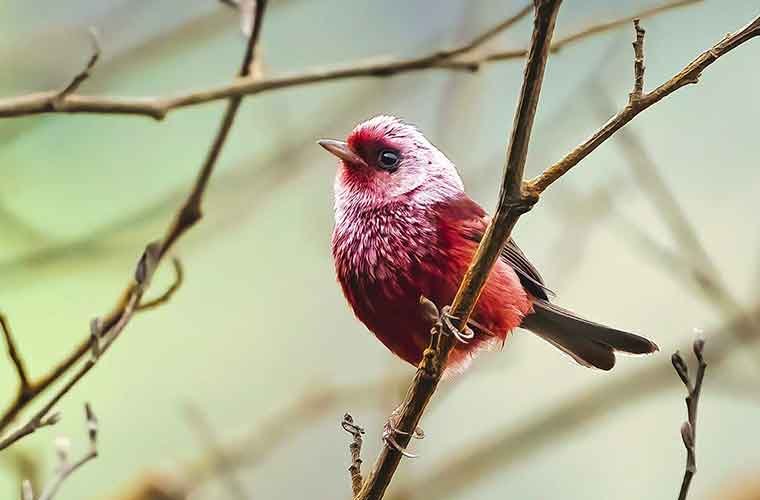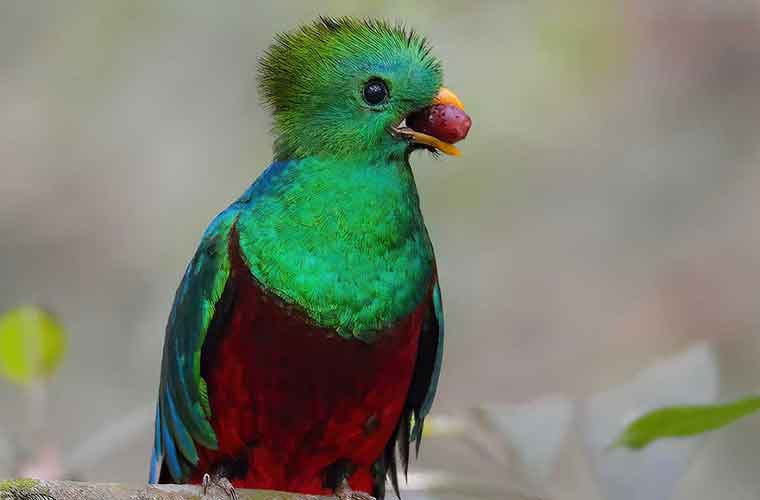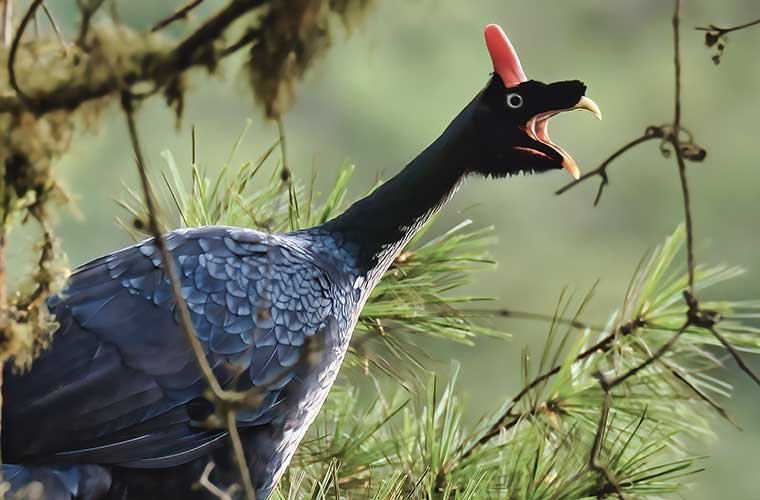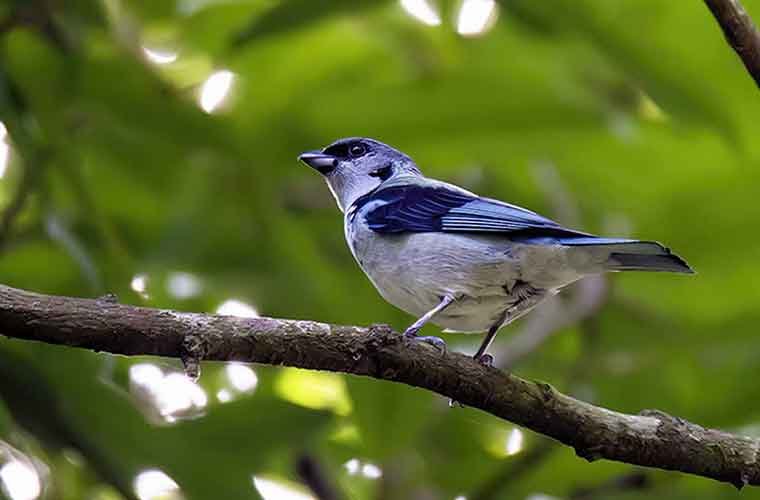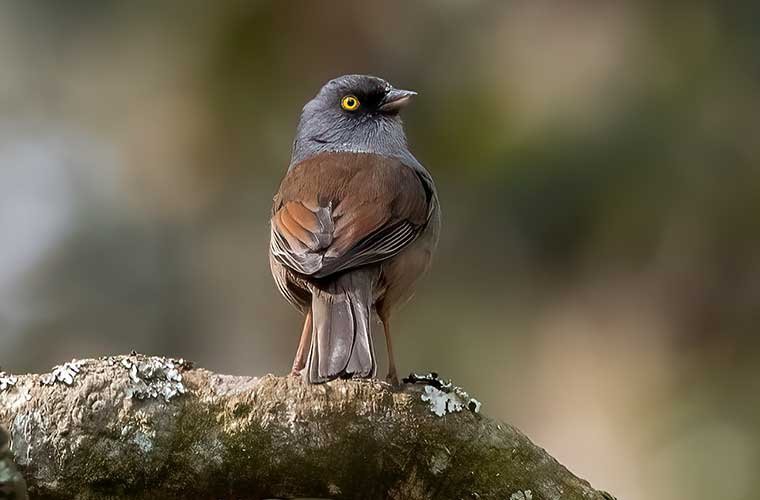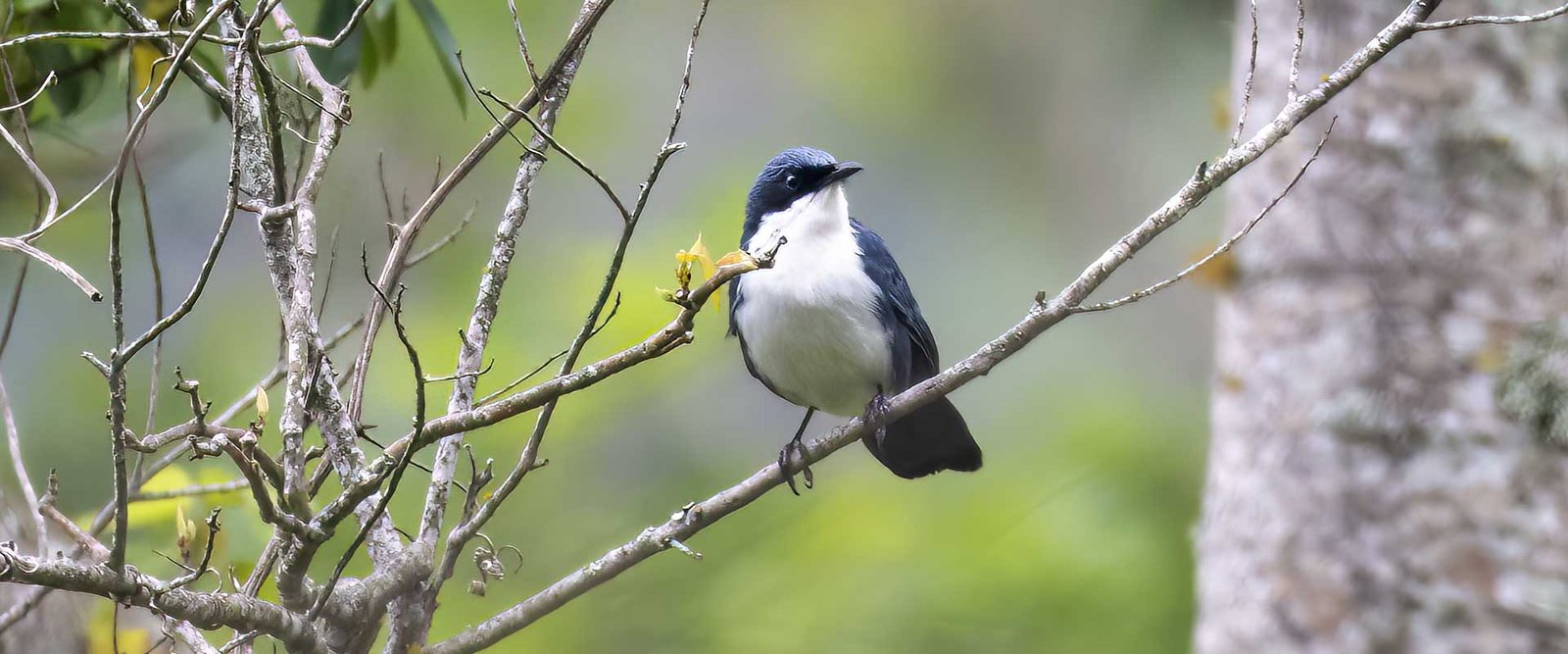
Biomes of Guatemala
Unlocking the Biomes of Guatemala: A Unique Diversity
Discover the enchanting beauty and diversity of the Biomes of Guatemala, a captivating country teeming with unique ecosystems. Guatemala’s biodiversity is unparalleled; each distinct biome influences its rich flora. Thanks to the meticulous work of Lic. Luis Villar Anleu, in 1998, we can delve into the intricacies of seven different biogeographical entities in this beautiful land.
A Rich Tapestry of Ecosystems
These biomes are more than just geographical features. They are complex ecosystems with distinctive structural and functional relationships, each providing a different stage for Guatemala’s rich flora to flourish. As Villar-Anleu elaborated, each of these biomes is unique to Guatemala, housing diverse ecosystems within its borders.
The Seven Wonders of Guatemala
Let’s embark on an intriguing journey through the seven distinct biomes Villar Anleu defines. Each biome stands as a testament to the astounding biodiversity of Guatemala and the intricate interplay of its ecosystems. They form a mosaic of life that contributes to the country’s allure and underscores the importance of ecological preservation.
Intricacies and Interconnections
Understanding these biomes goes beyond admiring their natural beauty. It’s about recognizing their interconnections, the symbiotic relationships they nurture, and their role in shaping the country’s ecology. This combination of beauty and complexity makes Guatemala’s biomes a subject of global interest.
An Ongoing Journey of Discovery
Exploring the biomes of Guatemala opens up a world of natural wonder, a testament to the country’s rich ecological inheritance. As we deepen our understanding of these habitats, we also become more aware of our role in preserving them—the meticulous work of Lic. Luis Villar Anleu provides a strong foundation for this understanding, guiding us in our ongoing journey of discovery.

Talk To A Travel Advisor
GT: (502) 7832 2742
US: (305) 395 3935
Classification & Distributions of The Biomes of Guatemala
1. Tropical Humid Forest (THF):
Tropical Humid Forest, characterized by its hot, humid climate, is predominantly found at altitudes below 2,953 feet. Unlike other biomes, it doesn’t distinguish between rainy and dry seasons, although dry conditions typically prevail from November to June. In the Petén region, this biome features plains, nutrient-poor soils, lush jungles, and diverse fauna. The vegetation varies, including high and low-altitude forests, savannas, and wetlands. Dominant broad-leafed trees share the landscape with pines, providing habitat for birds like Ocellated Turkey and Rose-throated Tanager.
2. Tropical Rain Forest (TRF):
Tropical Rain Forests are notorious for higher rainfall and atmospheric humidity than Tropical Humid Forests. With influences of South American vegetation, these biomes extend from sea level to 4265 feet. Warm, humid climates dominate, and the ill-defined dry season is peppered with rains from June to October. Ecosystems vary from evergreen forests to mangroves and estuaries and housing broad-leafed trees and pines. Species like Orange-breasted Falcon and Green-backed Sparrow make their homes here.
3. Chaparral or Thorn Dry Scrub (TDF):
The Chaparral biome, nestled between 328 and 3,280 feet above sea level, showcases arid-zone vegetation replete with cacti and thorny, deciduous plants. The rainy season, though short, spans from June to October, scattered across the central-eastern region in rain-shadowed valleys; this biome is one of Guatemala’s most fragile and underrepresented in SIGAP. Birds like Lesser Ground-cuckoo and Altamira Oriole are characteristic of this region.
4. Cloud Forest (CF):
Cloud Forests are spread on mountain slopes between 3,600 and 9,514 feet. Boasting extensive biodiversity, they house avocados, pines, oaks, and ferns. The dense undergrowth is home to various mosses and plants across different strata, with the canopy teeming with diverse epiphytes. A temperate and humid climate prevails during the day, cooling down at night. These forests are known for heavy rainfall, particularly from April to September. Here, you’ll find birds like Horned Guan and Pink Headed Warblers.
5. Mountain Forest (MF):
Mountain Forests, displaying North solid American influence in their biodiversity, are typically sparse with a scanty forest understory. Despite that, at altitudes of 6,560 to 13,780 feet, this biome shelters endemic plants and fauna. Characterized by a cold, seasonally fluctuating climate, the biome hosts birds like White-breasted Hawk and Guatemalan Junco.
6. Tropical Humid Savannah (THS):
Tropical Humid Savannah is renowned for its warm climates and is located along the Pacific Coast up to nearly 2,900 feet above sea level. Agricultural landscapes have largely replaced original vegetation, but remnants persist. This area, traversed by several rivers flowing down from the volcanoes to the sea, is home to birds like Common Black Hawk and Long-tailed Manakin.
7. Subtropical Humid Forest (SHFt):
The Subtropical Humid Forest stretches between 2,600 to 3,900 feet above sea level across the Pacific region’s slopes. The volcanic chain in this region shields it from southern humid winds, creating a stormy biome with diverse vegetation and moderate warmth. Birdwatchers can spot species like Red-throated Parakeet and Prevost’s Ground Sparrow here.
Map Of The Biomes Of Guatemala
